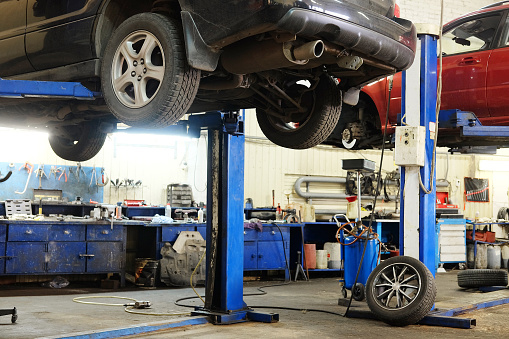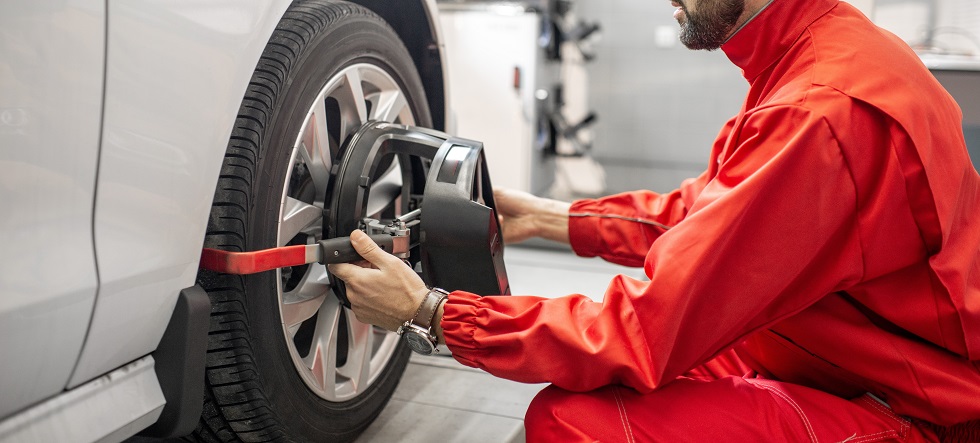All Categories
Featured
Brakes are probably one of the most vital safety function of any kind of car. Without dependable brakes, even one of the most powerful auto can end up being a risk when driving. That's why normal brake evaluations are a should for ensuring your lorry quits when you require it to. Complying with a proper brake inspection schedule can not just keep you safe but also help you stay clear of costly fixings. Below's a detailed overview on how to appropriately examine your brakes and what to watch out for.
- The Importance of Routine Brake Inspections. Brakes undergo continual damage with every usage, whether you're driving at high speeds on the freeway or cruising through city roads. Gradually, brake pads, rotors, and various other elements put on down, which can influence braking performance. Without routine examinations, you may not notice the progressive decline in performance until it's far too late.
Routine brake examinations allow you to catch concerns early, ensuring that your brakes continue to be receptive, trustworthy, and secure. Timely examinations can likewise save you money by dealing with minor concerns prior to they become pricey fixings.
- Common Indications That Your Brakes Need Focus. While routine brake evaluations are very important, there are some warning indications you can keep an eye out for to recognize when it's time to schedule a check-up:
Squealing or Grinding Appears: Shrill squeaks or grinding noises when using the brakes are commonly signs that your brake pads are broken and need substitute. Resonance or Pulsation: If you really feel resonances in the guiding wheel or the brake pedal, it can suggest deformed blades, which may need resurfacing or replacing. Soft or Spongy Brake Pedal: If the brake pedal really feels abnormally soft or spongy, there might be air in the brake lines or a problem with the master cylinder. Drawing to One Side: If your car draws to one side while braking, this can be triggered by uneven brake pad wear or a concern with the brake fluid. Increased Quiting Distance: If it takes longer to quit than typical, it might indicate that the brake pads are used, the liquid is low, or the blades are harmed. If you observe any of these symptoms, it's ideal to have your brakes evaluated right away.

- Key Components Checked During Brake Inspections. Throughout a brake examination, a professional will inspect a number of important parts of the braking system to make sure whatever is functioning effectively. Below are the essential elements entailed:
Brake Pads: The most common reason for bad braking performance is damaged brake pads. Examining the thickness of the pads is a concern during every evaluation. Brake Rotors: Rotors need to be smooth and without grooves or cracks. Any type of significant damage to the blades can cause compromised braking performance and irregular pad wear. Brake Fluid: Low or polluted brake fluid can harm stopping performance. The service technician will certainly examine the fluid levels and quality and change it if necessary. Brake Lines and Hose pipes: Brake lines must be devoid of leaks or cracks. Any damages to the lines can cause loss of brake fluid, causing brake failure. Brake Calipers: The calipers apply stress to the brake pads. They should be evaluated for indicators of wear or leakages to guarantee they are functioning correctly. Frequently examining these parts aids maintain your brake system in peak problem, allowing you to stop your automobile securely and efficiently.
- How Commonly Should You Have Your Brakes Checked? The basic suggestion is to have your brakes inspected at least when a year or every 12,000 miles, depending upon your driving practices. Nevertheless, certain driving conditions might require even more constant examinations:
Hefty Web Traffic: If you frequently drive in stop-and-go traffic, your brake pads will certainly put on down much faster. Hill Driving: Driving on high roads needs more constant braking, which can cause your brakes to put on more quickly. Towing or Hauling Heavy Loads: If you consistently carry heavy loads, your brakes will experience much more tension and require more regular inspections. If you observe any of the indication pointed out previously, do not await the next scheduled inspection-- have your brakes checked promptly.
- The Consequences of Neglecting Brake Inspections. Disregarding normal brake inspections can lead to serious consequences. A failing brake system might lead to minimized quiting power, which increases your risk of mishaps. Ignoring brake maintenance can likewise lead to a lot more pricey fixings. As an example, if you postpone replacing used brake pads, the damages can prolong to the rotors, bring about the need for rotor substitute, which is a much much more expensive fixing.
In the most awful situation, driving with damaged brakes can cause finish brake failure, putting you and other vehicle drivers in jeopardy. Regular brake assessments are a small financial investment that can conserve your life and prevent pricey repair work.
- Conclusion: Keep Safe with Routine Brake Inspections. Brakes are not something you desire to take possibilities with. A trustworthy stopping system is essential for secure driving, and regular brake assessments are a simple means to make sure that your car stops when you need it most. By remaining on top of brake upkeep, looking for alerting indications, and having your brakes evaluated at the advised periods, you'll protect both your lorry and your safety and security.
Do not wait up until your brakes begin to fall short-- timetable routine brake examinations and maintain your lorry in optimum condition for many years ahead.
Latest Posts
Explore Best Car Repair Solutions at Montclare Auto Repair – Reliable Repairs Await
Learn Why Chicago Drivers Select Montclare Auto Repair for Reliable Service and Significant Savings
Secure Your Home with Quality Residential Roof
More
Latest Posts
Explore Best Car Repair Solutions at Montclare Auto Repair – Reliable Repairs Await
Learn Why Chicago Drivers Select Montclare Auto Repair for Reliable Service and Significant Savings
Secure Your Home with Quality Residential Roof
